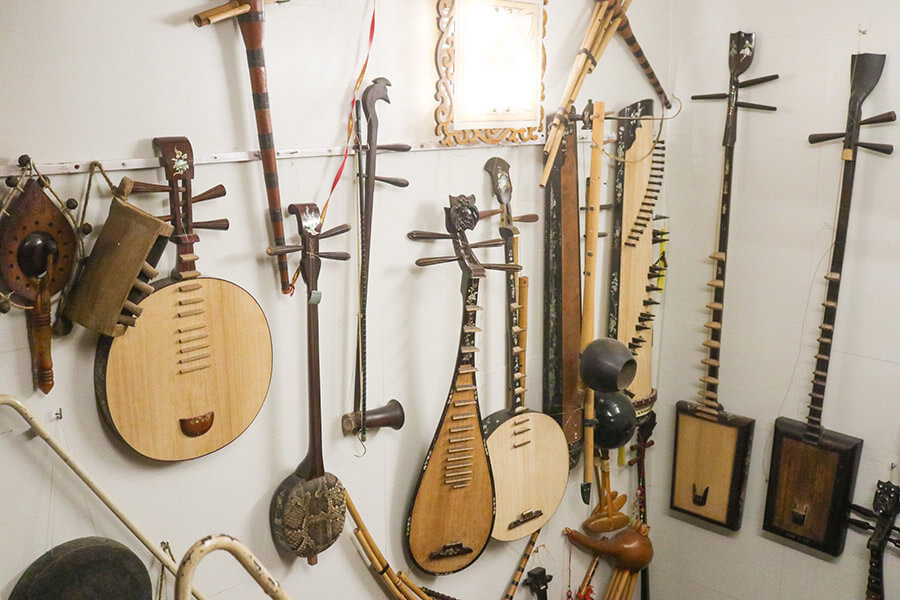Chinese string instrument
China Traditional Musical – Guqin
The guqin, a highly esteemed musical instrument of China with a rich history closely tied to ancient traditions, is considered a cherished relic for its elegance and refinement. Revered by scholars and held in high esteem as an instrument of profound sophistication, it resonates in the saying, “A gentleman does not part with his qin without proper reason.” This musical instrument, often associated with Confucius, has earned numerous accolades such as the “father of Chinese music” and the “instrument of sages.”
With its seven strings and a simple yet elegant design, the guqin exudes sophistication and allure. Unlike the guzheng, the guqin lacks frets and instead has movable bridges under each string, enabling its enchanting sound. Its illustrious past is emphasized by its reputation as a highly esteemed instrument, revered for its association with ancient wisdom and scholarly pursuits.
As an exquisitely delicate musical instrument, the guqin produces sounds of resonant quality over a range of four octaves, with open strings tuned in a low register. Capable of creating sound through plucking or stopping the open strings and harmonizing, the tonal quality of the guqin evokes comparisons to instruments such as the cello, offering an enticing sound combination akin to cello pizzicato, unfretted double bass, or slide guitar.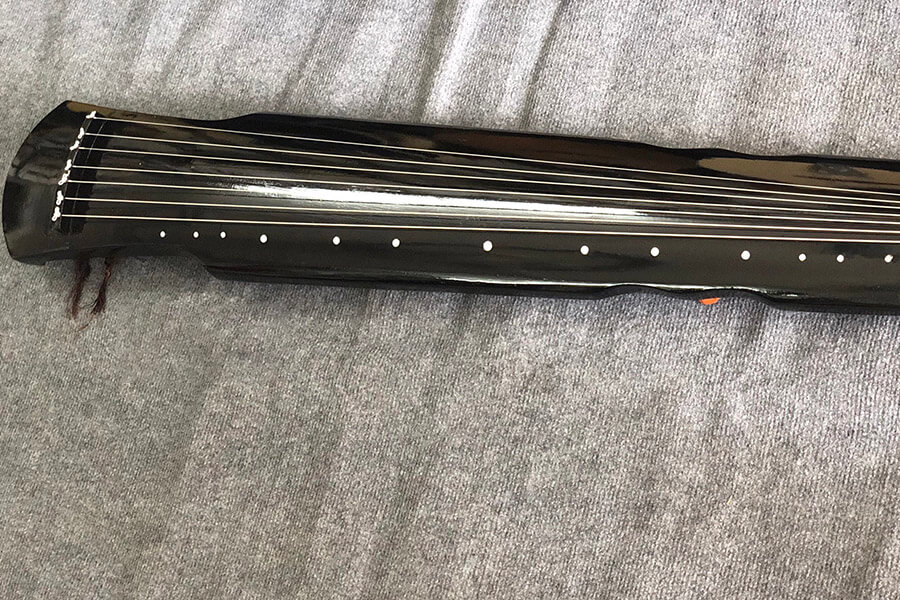
The keys and tones of the instrument are created by 13 “hui,” each key representing distinct positions on a string. Applying these “hui” produces a rich variety of haunting and diverse variations. Renowned for its harmonies, the guqin boasts over 90 harmonics, delivering a mesmerizing musical performance.
Adorned with a rich heritage of more than 3,360 surviving music pieces, the guqin has garnered numerous prestigious awards. Recognized by UNESCO as an intangible cultural heritage of humanity, its cultural significance expands further as it secures a place on China’s National List of Intangible Cultural Heritage. A testament to its value, a Song dynasty guqin was sold for an astonishing $22 million, becoming the most expensive musical instrument ever sold – a testament to its enduring appeal and timeless importance in history and culture.
China Traditional Musical – Guzheng
The guzheng, a dazzling 36-stringed zither, resonates like a venerable treasure of music heritage deeply rooted in China. Evolving over time, the modern guzheng is typically equipped with 21, 25, or 26 strings, extending about 64 inches and featuring a glossy resonant soundboard crafted from Paulownia wood. Its strings, made of steel, nylon, silk, or wire, contribute to its enchanting and tonally versatile qualities.
Serving as the heart of traditional Chinese music, the guzheng is considered the precursor to many stringed instruments across Asia, including the Japanese koto, Korean gayageum, Mongolian yatga, Vietnamese đàn tranh, and others. Its enchanting and resonant tones showcase a broad-reaching heritage across diverse cultures.
The historical journey of the guzheng echoes through various eras. Its ancient origins can be traced to artifacts like a 13-stringed guzheng dating back to the Warring States period (475–221 BCE). Flourishing during the Qin Dynasty, it gained prominence, and by the Tang Dynasty, it had become a beloved and distinguished musical instrument throughout China.
Admired for its gentle tones, wide range, and expressive power, the guzheng encapsulates the profound essence and is cherished within the cultural fabric of China. The enduring presence and deep affection of the Chinese people are a testament to its captivating musical allure, considered a vessel containing history, tradition, and harmonious art.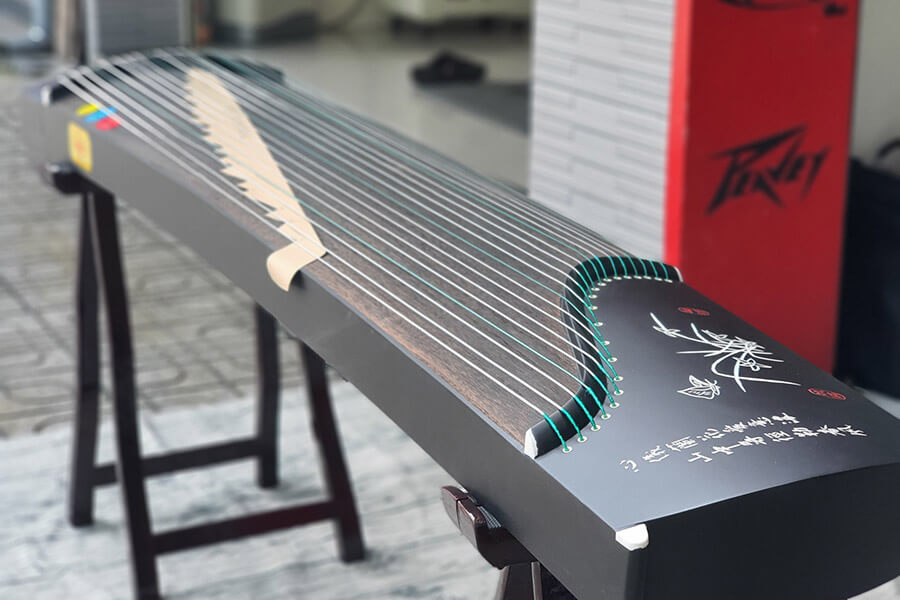
China Traditional Musical – đàn nhị
The erhu, a mesmerizing two-stringed musical wonder, stands tall as a revered traditional instrument in China – a prominent, soul-stirring fiddle renowned for its haunting resonance and passionate melodies. Encompassing a wide spectrum of diverse musical landscapes, it resonates as a hallmark of the huqin family, cherished by various ethnicities across China.
This iconic musical instrument, often referred to in the Western world as the “Chinese violin,” boasts an exceptional versatility transcending time and genre. Its soulful melodies are not only suited for traditional arrangements but also in contemporary music, effortlessly weaving its essence into various styles, including pop, rock, and jazz.
Whether performed as a solo virtuoso or as part of an ensemble in small groups or large orchestras, the erhu captivates its audience with its rich and evocative sound quality. Its strings, delicately curved by the instrument’s bow, produce a range of alluring emotions, narrating tales of tradition and innovation through the universal language of music that transcends time and culture.
The widespread appeal of the erhu, the most beloved among the huqin family of instruments, transcends boundaries, speaking a musical language that resonates not only within the realm of traditional Chinese music but also on a global scale. It evokes emotions and captures hearts with its compelling power, alluring through its passionate and emotionally rich allure.
China Traditional Musical – Pipa
The pipa, an iconic and traditional Chinese musical treasure, is a marvel among plucked instruments. Often likened to the evocative “Chinese lute,” this instrument boasts a pear-shaped wooden body, its elegance embellished by a variable number of frets, typically ranging from 12 to 31. Its smaller counterpart, the liuqin, akin to a diminutive version of the pipa, shares the distinction of being a four-string plucked lute.
With historical roots that may trace back to China’s Han dynasty, the pipa’s legacy is deeply entrenched in Chinese musical heritage. Once a term encompassing various plucked chordophones, its nomenclature since the Song dynasty has exclusively referred to this distinctively pear-shaped instrument.
Celebrated as one of the most beloved instruments in Chinese music, the pipa has graced performances for nearly two millennia in China. Its influence ripples across East Asia, giving rise to related instruments like the Japanese biwa and the Korean bipa, while also influencing the Vietnamese đàn tỳ bà in Southeast Asia. While the Japanese and Vietnamese counterparts continue to echo their heritage, the Korean bipa, regrettably, is no longer widely prevalent.
With its rich history, evocative melodies, and enduring presence in various cultural adaptations, the pipa stands as a symbol of cultural continuity and musical artistry, resonating across regions and generations, and illuminating the essence of Chinese musical heritage.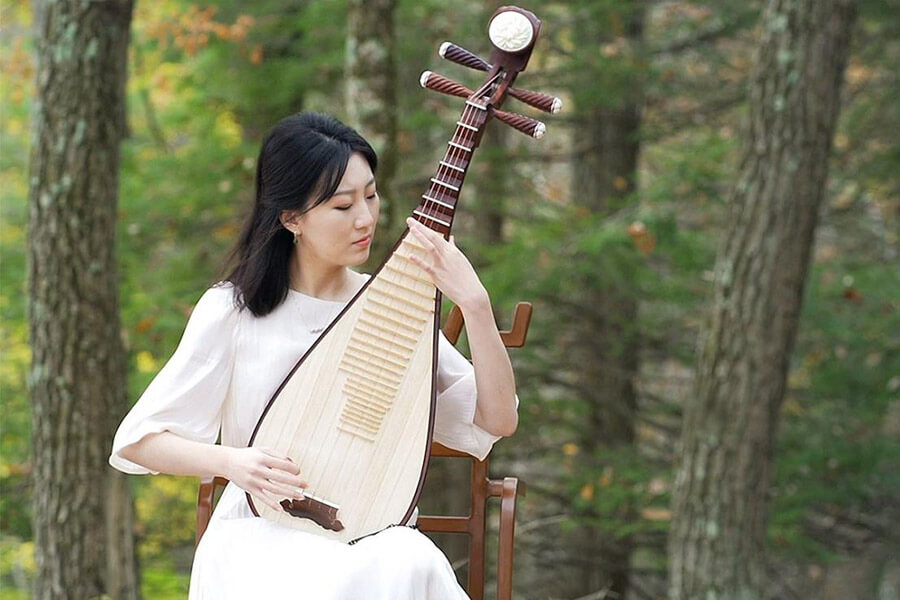
chinese air musical instruments
China Traditional Musical – hulusi
The hulusi, a captivating and distinctive wind instrument hailing from China, Vietnam, and the Shan State, bears the epithets of “cucurbit flute” and “gourd flute.” Its design embodies a vertical hold, featuring a mesmerizing structure comprising a Calabash gourd wind chest and three bamboo pipes. Within this arrangement, the central pipe hosts finger holes, while the outer two pipes serve as customary drone pipes, delivering an enchanting resonance.
In some variations of the hulusi, there might be a solitary drone pipe, whereas the second outer pipe might serve a purely ornamental purpose. An advanced rendition of this instrument can boast keyed finger holes, akin to a clarinet or oboe, expanding its tonal range across several octaves, enriching its melodic capabilities.
Originally embraced by various ethnic minority groups in the Shan State of Myanmar, Yunnan province, and Assam, particularly favored by the Dai people who refer to it as “pi lamtao,” signifying “woodwind instrument” combined with “gourd,” the hulusi has garnered national admiration in China and is celebrated by indigenous ethnic groups in Assam. Analogous to the harmonica’s prominence in the Western world, the hulusi has traversed beyond its indigenous origins, resulting in “improved” iterations existing outside these traditional realms.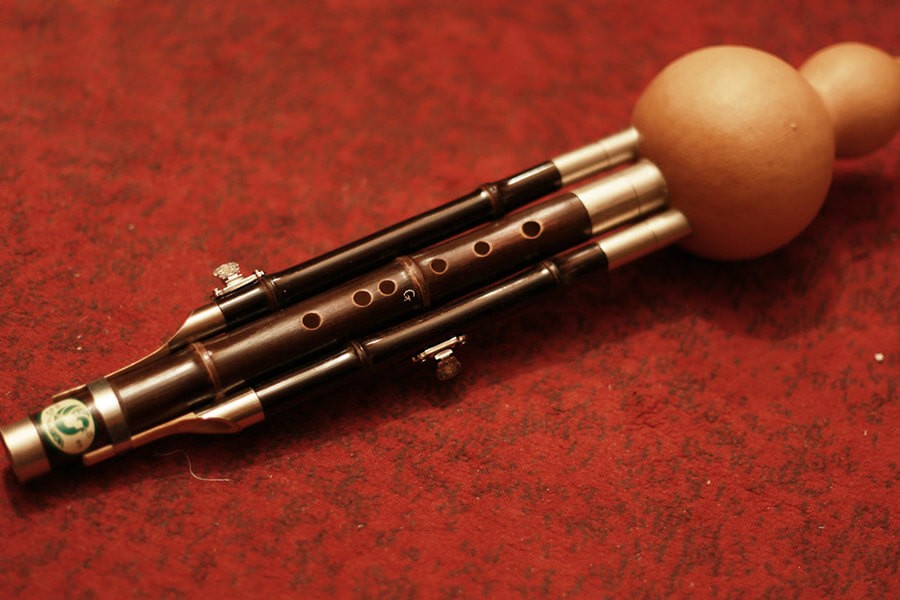
In Vietnam, this instrument is recognized as the “Sáo Bầu,” translating to Gourd Flute, mirroring the hulusi’s resonant and mellifluous sound akin to the bawu, a related free reed pipe. Within the rich tapestry of its melody, the hulusi offers a serene and pure timbre reminiscent of a clarinet, captivating listeners with its melodic allure.
Akin to its mouth organ counterpart, the hulusheng, with a gourd wind chest, the hulusi stands as a testament to the cultural heritage, resonating with a unique tonal elegance across various ethnic landscapes.
China Traditional Musical – Suona
The suona, a traditional double-reeded Chinese musical gem, stands as a testament to China’s musical heritage, renowned for its rich history and distinct sound. Originating from ancient Iran as the “Sorna,” the suona found its way to China around the 3rd century, adapting and evolving to acquire its unique identity.
This instrument boasts a resounding and high-pitched timbre, distinguishing itself with its captivating tones. Widely utilized in Chinese traditional music ensembles, especially those performing in outdoor settings, the suona holds a significant place in the folk music of northern China, particularly in regions like Shandong and Henan. Its vibrant melodies have traditionally resonated in festivals, military events, and other cultural celebrations.
Employed in conjunction with sheng mouth organs, gongs, drums, and occasionally other instruments, the suona adds its reverberating essence to wedding and funeral processions. These wind and percussion ensembles, known as chuida or guchui, carry a melodic weight in both ceremonial and cultural events, echoing throughout the regions they grace.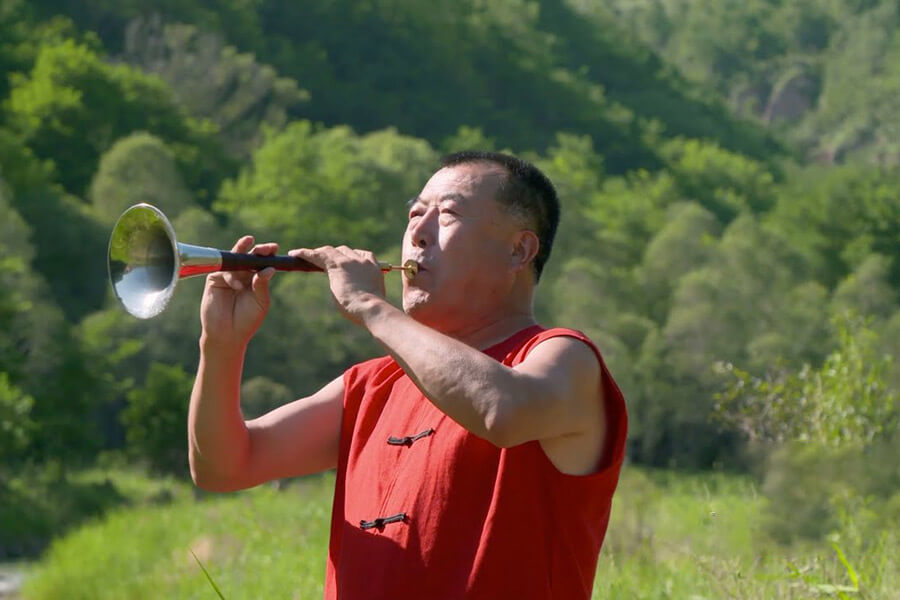
Stephen Jones’s profound work extensively covers its role in the ritual music of Shanxi province, emphasizing its ritual significance. Similarly, it has historically contributed to the ceremonial music in Southeast China and Taiwan, particularly accompanying Daoist performances for both auspicious and inauspicious rites, catering to the realms of the living and the departed.
One of the most renowned pieces that spotlights the suona as the lead instrument is the evocative “Bai Niao Chao Feng” (Hundred Birds Worship the Phoenix). The cinematic landscape also bears witness to the rise and fall of the suona’s prominence in modern Chinese musical history, encapsulating the instrument’s evolving journey through time and cultural shifts.
China Traditional Musical – xiao
The xiao, a revered Chinese vertical end-blown flute, emerges as a profound symbol of ancient heritage and cultural resonance. Crafted predominantly from bamboo, it stands as a testament to China’s musical legacy. Known alternatively as the dòngxiāo (洞箫; 洞簫), where “dòng” references “hole,” the instrument’s rich historical evolution speaks volumes about its significance.
In antiquity, the xiao’s origins are intertwined with the Qiang people of Southwest China, believed to have evolved from a rudimentary end-blown flute from ancient times. Notably, within the oral traditions of the xiao, practitioners and poets eulogize its melodic essence, likening its sound to the ethereal sweetness of the Phoenix’s call—an avian monarch in Chinese mythology.
Amidst modern societal shifts, Guizhou province has seen a surge in cultural attention toward the xiao flute, largely attributed to the presence of Yuping Flute Products, fostering a burgeoning “xiao flute culture.” This resurgence, however, views the xiao predominantly as a precursor, paving the way for the evolution of the Shaxiao flute, showcasing an ongoing transformation and innovative strides in the realm of bamboo instruments.
The xiao’s enduring presence, steeped in both historical significance and contemporary cultural innovations, reflects a musical heritage celebrated for its timeless elegance and enduring charm. With its roots reaching back through centuries, the xiao continues to whisper echoes of ancient tradition while harmonizing with the evolving tunes of the modern era.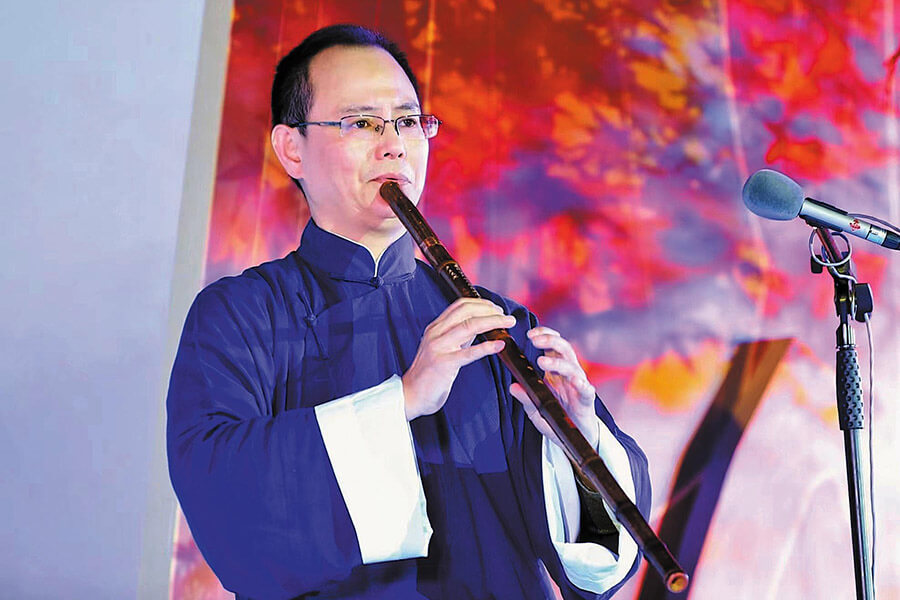
China Traditional Musical – Dizi
An array, fundamentally, is an ordered list consisting of elements, also referred to as terms, arranged in a specific sequence. Unlike a set, an array maintains order, allowing elements to be repeated at different positions within it. The number of sequentially ordered elements determines the length of the array, which can range from a finite sequence to an infinite one.
In essence, an array reflects systematic ordering, much like a sequence that can be likened to a function comprised of ordered sets. This order can be finite, such as (2, 4, 6, …), representing an infinite sequence, much like all even positive integers, or it can be finite like (K, İ, T, A, P).
Each sequence in an array carries its distinct character. For example, (K, İ, T, A, P) is distinct from (P, A, T, İ, K) due to their unique arrangements, despite sharing the same elements. This characteristic signifies the importance of the element’s position in a sequence, as illustrated by cases like the number 1 appearing twice in (1, 1, 2, 3, 5, 8) without altering the integrity of the sequence.
The concept of sequences transcends finiteness, encompassing both finite and infinite arrays. Infinite arrays, such as the sequence of positive integers (1, 2, 3, 4, …), illustrate an ongoing process, while sequences like (1, 2, 3, 4) represent a finite number of elements, encapsulating a distinct endpoint.
With its complexity and simplicity, the array is evidence of structured order and the diverse variations inherent in the realm of sequences, including both the finite and the infinite, in a symphony of ordered elements.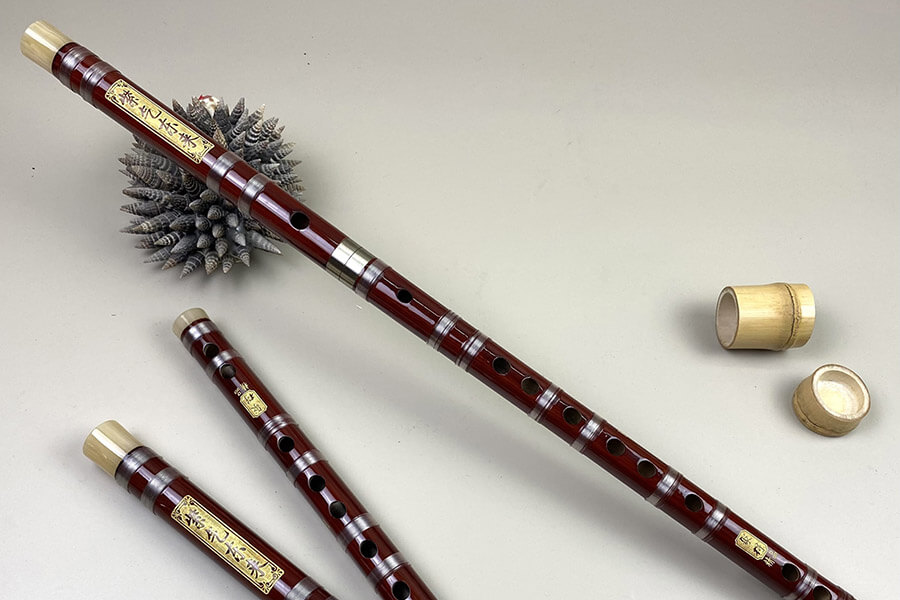
chinese percussion instrument
China Traditional Musical – drum
The drum, a cornerstone of the percussion instrument family, finds its place as a membranophone in the Hornbostel-Sachs classification, wielding an ancestral resonance across cultures. Comprising at least one drumhead or membrane stretched over a shell, it resonates with the touch of human hands or the impact of percussion mallets, evoking a symphony of beats and rhythms.
The heartbeat of musical ensembles, drums resonate with a thunderous echo, bearing a resonant head beneath that stirs the air with every percussive strike. Various techniques, such as the thumb roll, add depth and diversity to the symphony created by this instrument.
This ancient musical titan, existing virtually unchanged for millennia, stands as the oldest and most pervasive musical ambassador globally. Its design, a testament to timelessness, captivates audiences, providing the rhythmic canvas upon which melodies are woven.
Drums come in diverse forms—some are solitary, with a single player intricately weaving melodies on a single drum like the djembe, while others such as bongo drums and timpani are commonly found in sets, manipulated skillfully by a single musician. The amalgamation of various drums and cymbals brings forth the quintessential modern drum kit, a versatile and evocative ensemble that forms the backbone of musical compositions, adding depth, rhythm, and soul to every note played.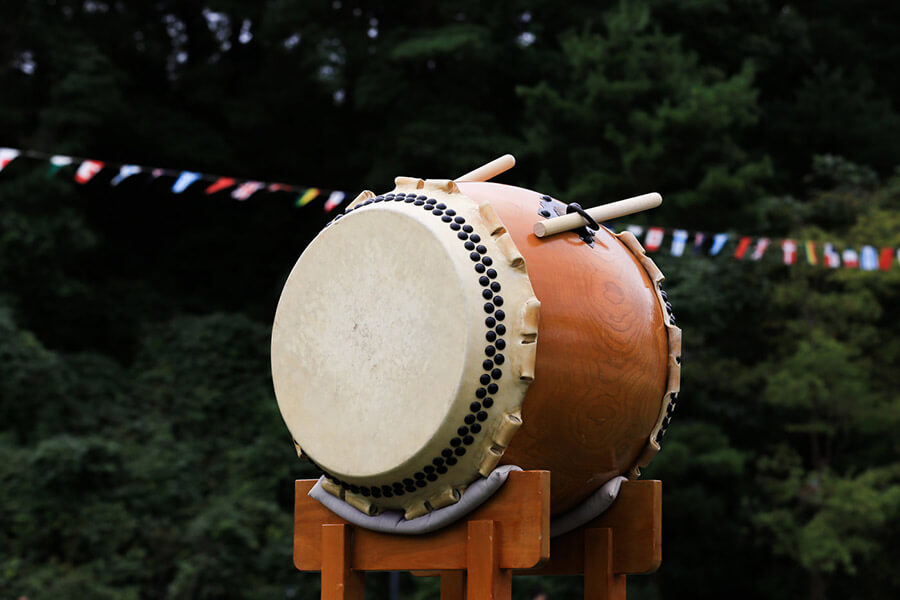
China Traditional Musical – gong
The gong, a well-known percussion instrument with its origins in East and Southeast Asia, holds a special place in the realm of music. Its characteristic round, flat metal body, available in various sizes, produces resonant sounds when struck with a beater, emitting tones ranging from tuned to untuned.
Tracing its ancient origins, the earliest depictions of gongs were carved on the surface of the Ngoc Lu I bronze drum, a part of the Dong Son culture in northern Vietnam, dating from the 3rd to the 2nd century BCE. These carvings portray a musical ensemble with seven gongs and various other instruments, creating a rich musical heritage. Historical records from 6th-century Chinese texts mark the gong as a foreign instrument, originating from regions between Tibet and Myanmar, while the term “gong” is thought to have its origins in the island of Java in Indonesia.
Scientific research has emphasized that Myanmar, China, Java, and Annam (ancient Vietnam) were the primary centers of ancient gong production. These musical instruments were introduced to the Western world in the 18th century, contributing to the harmonious sound of the percussion section in orchestral music.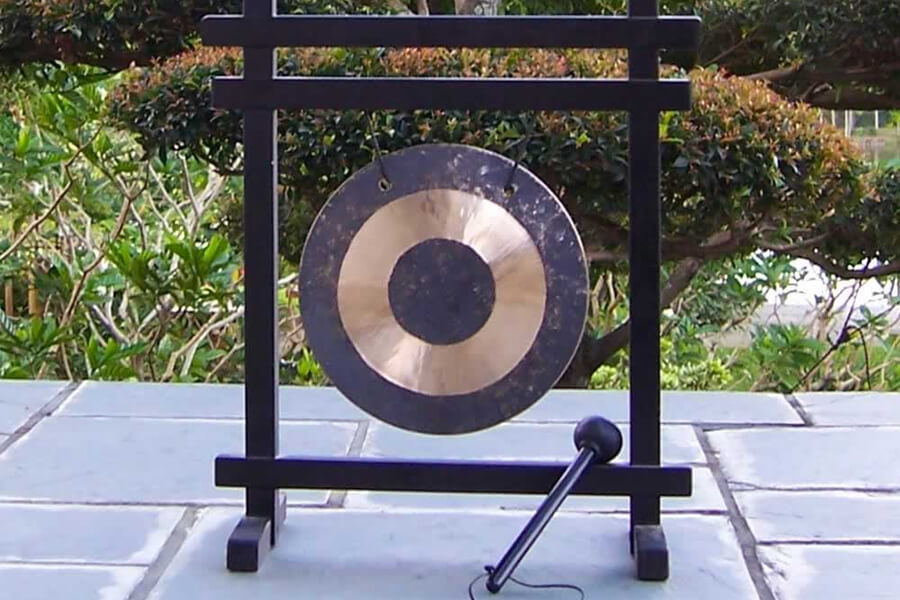
Gongs are harmoniously categorized into three main types: hanging gongs, flat gongs, bossed gongs, and bossless gongs. Each, primarily crafted from bronze or brass, produces a variety of distinct tones, some creating a brilliant symphony of sound, and others offering clear, more tuned notes. In Indonesian gamelan orchestras, some gongs are even designed to produce rhythmic beats, adding a unique rhythmic dimension to their musical presence.
The gong’s diverse repertoire includes a wide range, spanning from percussive impacts to tuned notes, enriching the musical tapestry across various cultures. Its resonant presence in numerous forms and styles marks the celebration of harmony for the enduring and culturally symbolic musical instrument.
.

